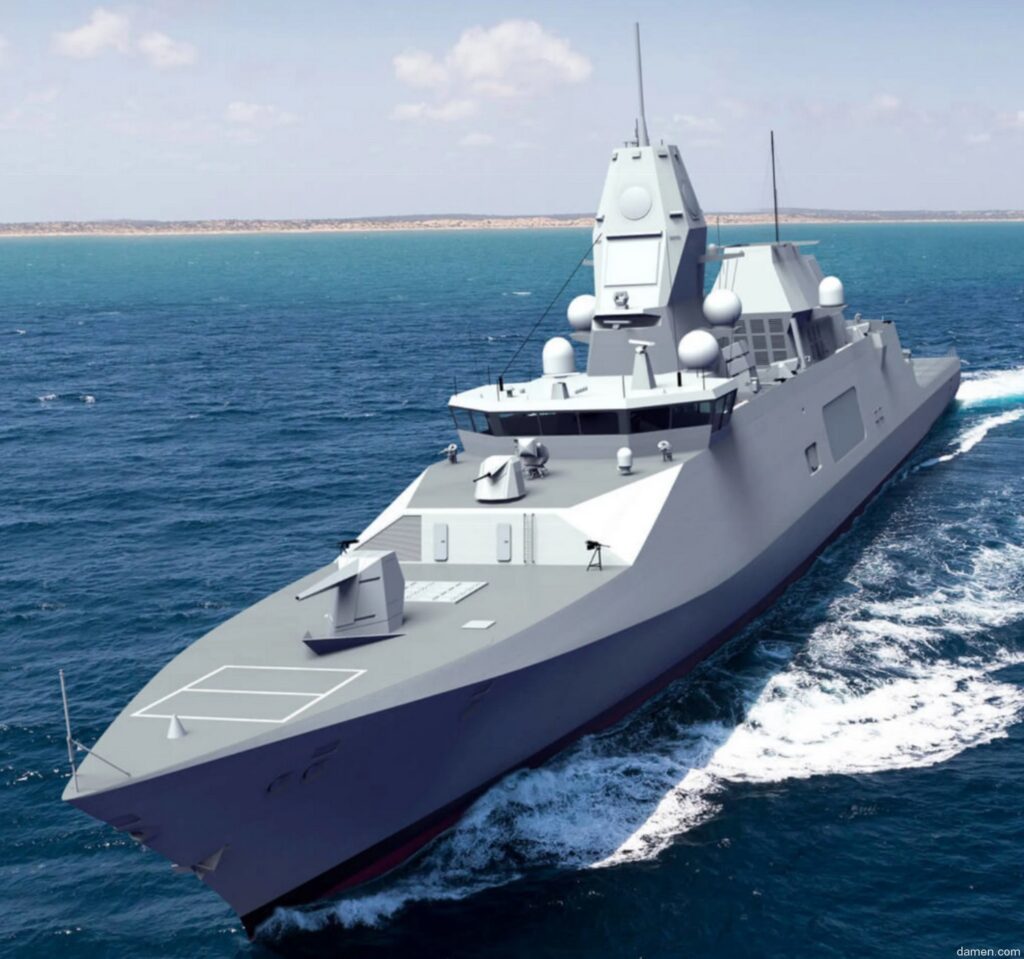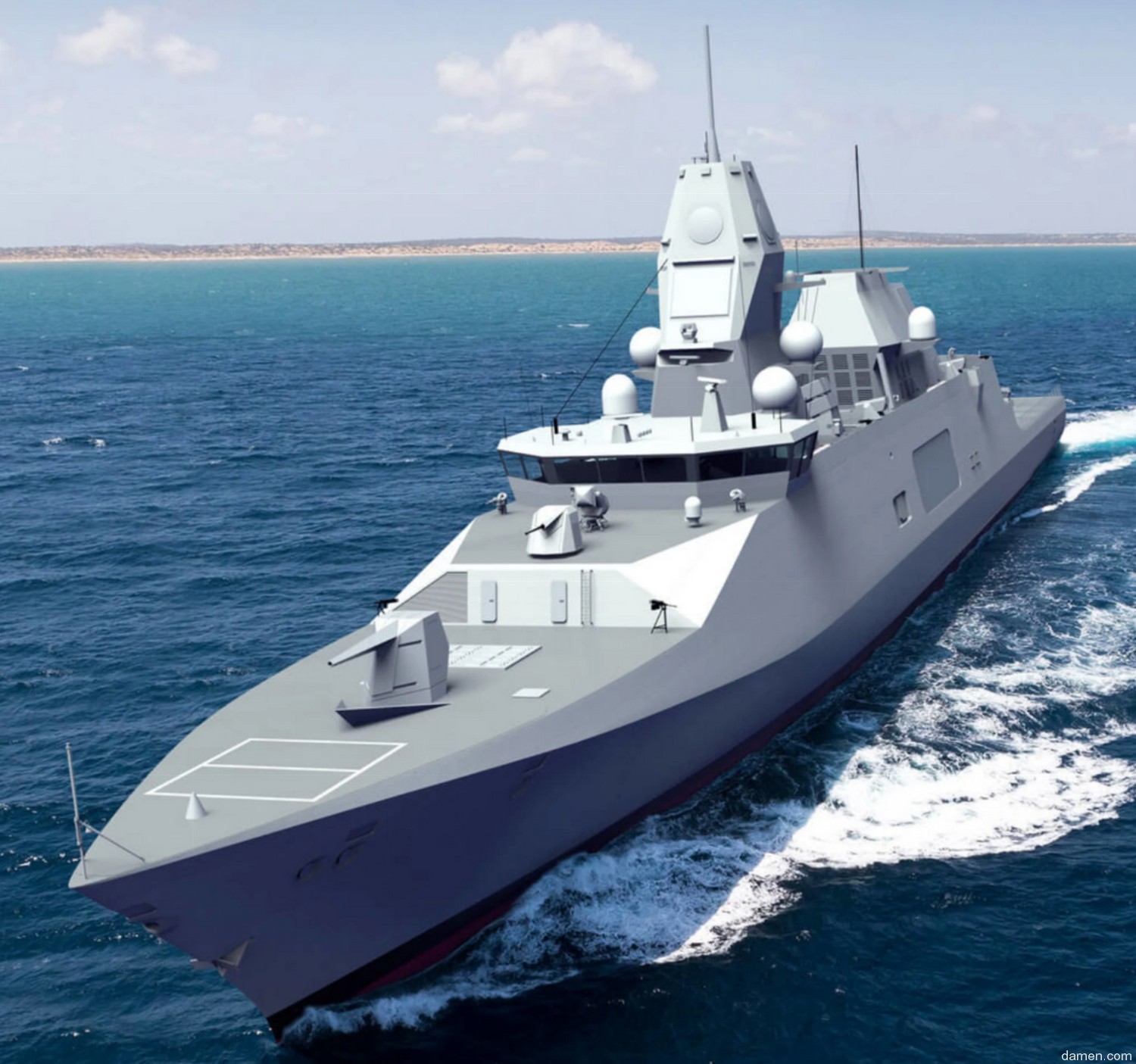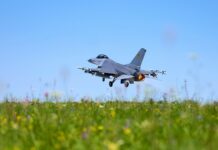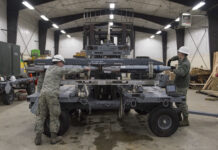The new Belgian coalition government formed on 31 January 2025 has laid out plans to put an end to the country’s deficient defence spending.
Posting a speech on X on 8 February, a day after delivering it to an audience in Brussels comprising staff from Belgium’s worldwide diplomatic corps, Belgian Defence Minister Theo Franken said the new government would “put an end to what I can safely call a ‘period of national shame’: a period in which Belgium was not loyal to its status as a founding member of NATO, but acted as the most notorious free rider of the entire alliance”.
Quoting On Military Matters, the 4th century AD book by Publius Flavius Renatus in which it is written that “A state will only know lasting peace as long as it is willing and capable of defending that peace by military means”, Franken asserted that “The time of dismantling our armed forces is over; the time of rebuilding our defence has begun.”
Franken stated, “After many years of procrastination, making excuses and running away from our own responsibility, Belgium is finally serious about achieving the 2% standard that we promised NATO back in 2014. Thanks to an accelerated growth path, we want to reach that threshold in 2029. And it will not stop there. In the medium term, by 2034 at the latest, Belgium is aiming for defence expenditure worth 2.5% of our GDP.”
NATO’s latest defence spending report estimated that in 2024 Belgium was spending 1.3% of its GDP on defence, placing it fourth from last in terms of defence spending among the 31 NATO allies with armed forces (Iceland has no military establishment) as one of the eight NATO members not meeting the alliance’s 2% of GDP target.
Regarding how that extra defence funding is spent, Franken said, “With our land component, we want to make a second brigade available to NATO in the long term. As an export nation that lives from maritime trade, Belgium also has a responsibility to keep international merchant shipping routes open and secure. That is why our navy will be able to ensure permanent deployment of at least one frigate at sea. As the headquarters of both the EU and NATO, Belgium cannot do without air defence either. We are rebuilding that capacity, adapted to current developments on the battlefield, such as the proliferation of drone technology. Our air force is being reinforced with additional fighter aircraft. And finally, we are increasing our capacity to counter electronic warfare.”
This suggests that Belgium will not only firm up its option to buy an optional third Future Surface Combatant as part of its joint shipbuilding project with the Netherlands, but could also order more Lockheed Martin F-35 Joint Strike Fighters. Belgium ordered 34 F-35As in 2018 to replace its fleet of 54 F-16s. The country’s first F-35, which was presented with its first F-35 at a ceremony in Fort Worth, Texas, in 2023, is currently located at Luke Air Force Base in Arizona for training.
Franken made it perfectly clear that Russia’s invasion of Ukraine was a “pivotal moment” in the Belgian government’s decision to significantly boots the country’s defence spending.
“It announced the end of the ‘end of history’,” he said. “History is back in full force. What Russia unleashed on 22 February 2022 was a classic international war of conquest. Europe had not known such a phenomenon since World War II. We had hoped never to experience it again. We imagined that such a war was a thing of the past. … We were mistaken.”













